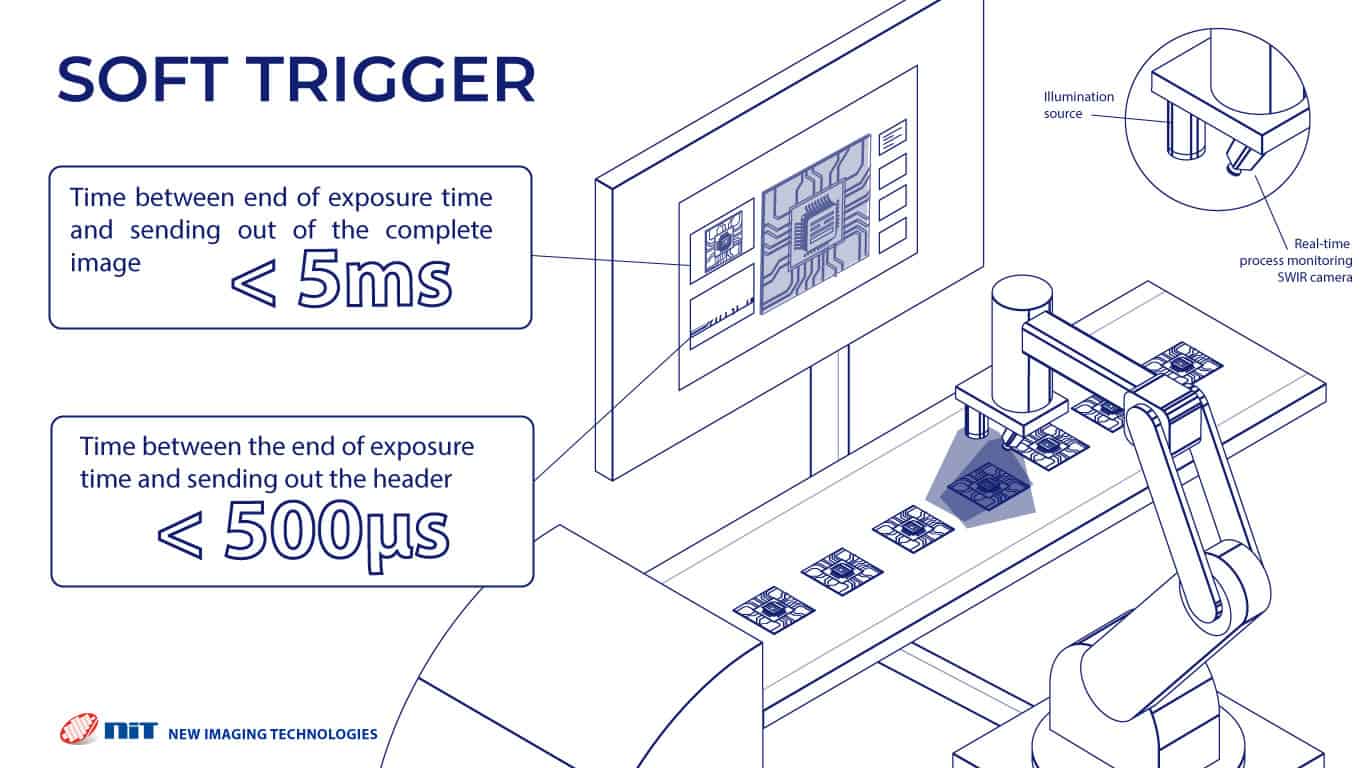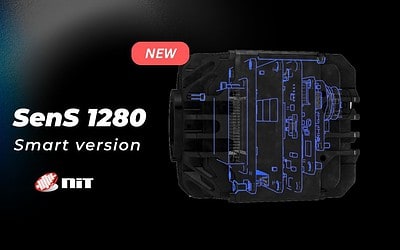For high-speed industrial inspection solutions, the processing time is critical to increasing production throughput.

To fulfill the need for a fast and precise process monitoring, NIT has designed a specific “Soft Trigger” mode for its flagship WiDy SenS VGA InGaAs SWIR GigE Vision camera. This mode reduces the latency between the beginning of the exposure time and delivery to the host system of the produced image. Therefore, the inspection system increases the checking rate.
About our semiconductor inspection solution

This ITR mode includes the pixel Non-Uniformity Correction, the bad pixel replacement, and the Histogram equalization. The WiDy SenS GigE camera series provide an 8bit image output with reduced latency. The time between the end of exposure time and sending out the header is < 500µs. Hence, the time between the end of exposure time and sending out of the complete image is less than 5ms.
This option makes the WiDy SenS well adapted to your inspection system.



